Issyk-Kul Region, City of Balykchy. Destroyed Warehouse of Obsolete Pesticides
Coordinates: 42.460849, 76.221558
In total, 9 sites were identified in the Issyk-Kul region from previous inventories, three sites had incorrect coordinates (located in the depths of Lake Issyk-Kul, mountainous areas without access, and among agricultural fields (without visible outlines of buildings).
A total of 6 sites were surveyed, at the site in the city of Balykchy there are repackaged hazardous waste stored in 7 containers with tightly closed doors (there are locking welded seams on the doors). The containers are exposed to external influences (precipitation, frost), which in turn leads to the oxidation of the metal walls and roofs of the containers. Waste passports are available (Appendix 6). On the territory and in the empty destroyed warehouse, there is a distinct sharp odor. A pile of construction waste with a distinct odor of hazardous waste was also found. Some buildings where pesticides were previously stored have been dismantled since the last inventory.
The site in the settlement of Chepelik has been completely transformed and built up with new households (no hazardous waste found, odor absent). According to local residents, there is a plot behind the garden farm where nothing grows. At the time of the inventory, the fields were flooded with water, and it was not possible to visit the site for soil sampling.
At the site in the settlement of Kyzyl-Suu, there is a completely destroyed warehouse, a sharp odor is present, and a large amount of polyethylene packaging from nitrate is observed.
The other warehouses have a smaller amount of pesticides compared to previous data. Some hazardous waste was lost during the change of landowners, and some due to atmospheric precipitation (when the roofs of the warehouses were destroyed); hazardous waste stored in metal containers could represent an interest for secondary metal use.
The total amount of hazardous waste requiring repackaging and storage is more than 15 cubic meters. In addition, there is a large amount of contaminated dust/soil/construction waste (the exact amount is currently undetermined, presumably more than 40 cubic meters).
To date, despite the abundance of previously implemented projects for the inventory of obsolete pesticides, contrary to national legislation:
• there are no laboratory data bases on the composition of waste;
• there are no waste passports;
• regular monitoring of the state of obsolete pesticide waste is not conducted (only within the framework of international projects);
• there is no executive authority responsible for the storage and disposal of waste;
• insufficient laboratory capacity for conducting analyses on obsolete pesticides, including POPs;
• there is no information on the composition of obsolete pesticides in the supervisory authorities;
• additional research is required on the owners of some warehouses/land where points with obsolete pesticides are located.
• training of local government employees, supervisory and controlling authorities is necessary;
• it is necessary to tighten responsibility for improper handling of hazardous waste.
Conclusions
In accordance with the Stockholm Convention on POPs (Article 6 (d) (ii)), waste containing POPs must be destroyed. To find environmentally acceptable methods for the disposal of obsolete pesticides, an accurate composition of the waste is necessary. For this, it is essential to address the issue of equipping laboratories, training personnel, and obtaining accreditation in accordance with GOST ISO/IEC 17025-2019.
In addition, it is necessary to continuously monitor the state of pollution points with obsolete pesticides and to repack and place waste in a temporary storage warehouse that meets national legislation requirements. Repackaging, construction of a temporary storage warehouse, and disposal must be accompanied by an environmental impact assessment procedure and obtaining a positive conclusion from the state ecological expertise. For all waste, the owner must provide waste passports and obtain permits for the storage of hazardous waste.
The process of storage and disposal of hazardous waste must be conducted under the supervision of environmental protection supervisory authorities.
To this end, it is necessary to initiate the process of maximum legalization of the data obtained from the inventory.
Previous inventories did not serve as a basis for creating a monitoring system for the management of obsolete pesticides. As a result, a large volume of uncontrolled hazardous waste has become a threat to the environment, life, and health of the population living near the points of placement of obsolete pesticides.
Full report on the inventory of obsolete pesticides (OP) in Chui, Talas, Naryn, Issyk-Kul, Jalal-Abad, Osh, and Batken regions
The site contains 6 warehouses, of which hazardous waste is located in 3 warehouses (1 warehouse is completely destroyed, 2 warehouses are partially destroyed). It is privately owned. It is guarded. The site is located 200 m from Lake Issyk-Kul and 100 m from the city of Balykchy. There are 7 containers with hazardous waste on the territory, packed and sealed with welded seams; in some places near the construction waste storage area, there is a sharp odor. In 1 warehouse (destroyed): Unknown mixed pesticide in a volume of 54 m³. Sample No. S 1 taken; In 2 warehouse: unknown hazardous waste - 18 m³, sample No. S 2 taken; "Dialen" - 70 pcs. x 100 liters container = 7000 l.; "Tur" - 60x200=12000 l.; "Prodifox" - 30x100=3000 l.; Unknown hazardous waste - 130x100=13000 l.; Unknown hazardous waste - 3000 l.; Unknown hazardous waste - 8x15=120 kg.; 155 pcs. of barrels (6-liter - 22 pcs., 25 l. - 1 pc., 100 l. - 60 pcs., 200 l. - 22 pcs.); 200 pcs. and 100 m³ of pallets sized - 1x1.5 m.; 2 boxes - 1 m³; 3 shelves - 16 m³; 2 machines - 5 m³. In 3 warehouse: "Tur" - 80x200=16000 l.; 40 pcs. of pallets 1x1.5 m.
In total, 9 sites were identified in the Issyk-Kul region from previous inventories, three sites had incorrect coordinates (located in the depths of Lake Issyk-Kul, mountainous areas without access, and among agricultural fields (without visible outlines of buildings).
A total of 6 sites were surveyed, at the site in the city of Balykchy there are repackaged hazardous waste stored in 7 containers with tightly closed doors (there are locking welded seams on the doors). The containers are exposed to external influences (precipitation, frost), which in turn leads to the oxidation of the metal walls and roofs of the containers. Waste passports are available (Appendix 6). On the territory and in the empty destroyed warehouse, there is a distinct sharp odor. A pile of construction waste with a distinct odor of hazardous waste was also found. Some buildings where pesticides were previously stored have been dismantled since the last inventory.
The site in the settlement of Chepelik has been completely transformed and built up with new households (no hazardous waste found, odor absent). According to local residents, there is a plot behind the garden farm where nothing grows. At the time of the inventory, the fields were flooded with water, and it was not possible to visit the site for soil sampling.
At the site in the settlement of Kyzyl-Suu, there is a completely destroyed warehouse, a sharp odor is present, and a large amount of polyethylene packaging from nitrate is observed.
The other warehouses have a smaller amount of pesticides compared to previous data. Some hazardous waste was lost during the change of landowners, and some due to atmospheric precipitation (when the roofs of the warehouses were destroyed); hazardous waste stored in metal containers could represent an interest for secondary metal use.
The total amount of hazardous waste requiring repackaging and storage is more than 15 cubic meters. In addition, there is a large amount of contaminated dust/soil/construction waste (the exact amount is currently undetermined, presumably more than 40 cubic meters).
To date, despite the abundance of previously implemented projects for the inventory of obsolete pesticides, contrary to national legislation:
• there are no laboratory data bases on the composition of waste;
• there are no waste passports;
• regular monitoring of the state of obsolete pesticide waste is not conducted (only within the framework of international projects);
• there is no executive authority responsible for the storage and disposal of waste;
• insufficient laboratory capacity for conducting analyses on obsolete pesticides, including POPs;
• there is no information on the composition of obsolete pesticides in the supervisory authorities;
• additional research is required on the owners of some warehouses/land where points with obsolete pesticides are located.
• training of local government employees, supervisory and controlling authorities is necessary;
• it is necessary to tighten responsibility for improper handling of hazardous waste.
Conclusions
In accordance with the Stockholm Convention on POPs (Article 6 (d) (ii)), waste containing POPs must be destroyed. To find environmentally acceptable methods for the disposal of obsolete pesticides, an accurate composition of the waste is necessary. For this, it is essential to address the issue of equipping laboratories, training personnel, and obtaining accreditation in accordance with GOST ISO/IEC 17025-2019.
In addition, it is necessary to continuously monitor the state of pollution points with obsolete pesticides and to repack and place waste in a temporary storage warehouse that meets national legislation requirements. Repackaging, construction of a temporary storage warehouse, and disposal must be accompanied by an environmental impact assessment procedure and obtaining a positive conclusion from the state ecological expertise. For all waste, the owner must provide waste passports and obtain permits for the storage of hazardous waste.
The process of storage and disposal of hazardous waste must be conducted under the supervision of environmental protection supervisory authorities.
To this end, it is necessary to initiate the process of maximum legalization of the data obtained from the inventory.
Previous inventories did not serve as a basis for creating a monitoring system for the management of obsolete pesticides. As a result, a large volume of uncontrolled hazardous waste has become a threat to the environment, life, and health of the population living near the points of placement of obsolete pesticides.
Full report on the inventory of obsolete pesticides (OP) in Chui, Talas, Naryn, Issyk-Kul, Jalal-Abad, Osh, and Batken regions

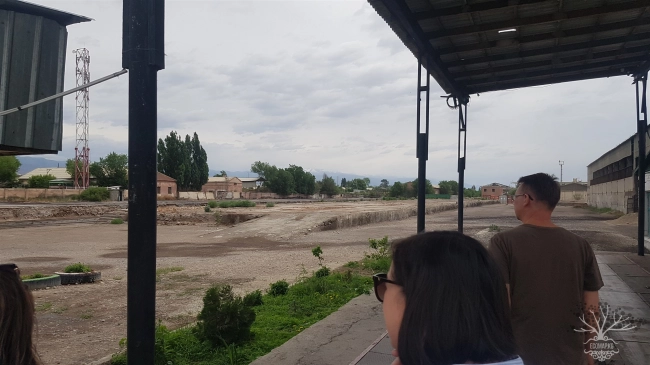
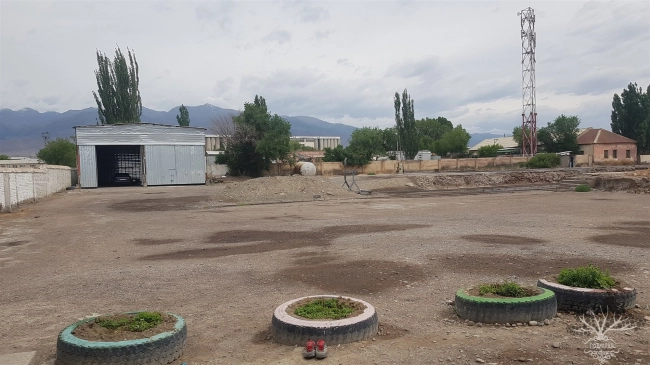
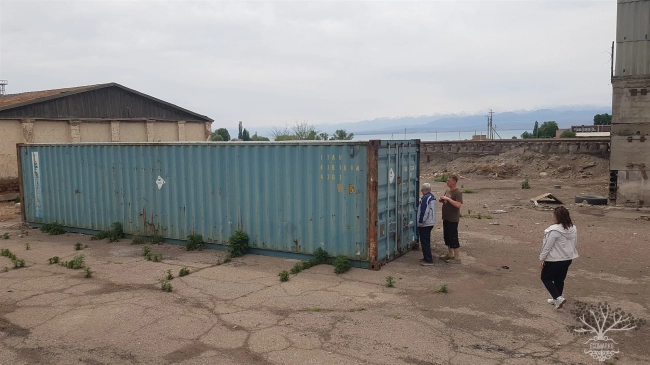
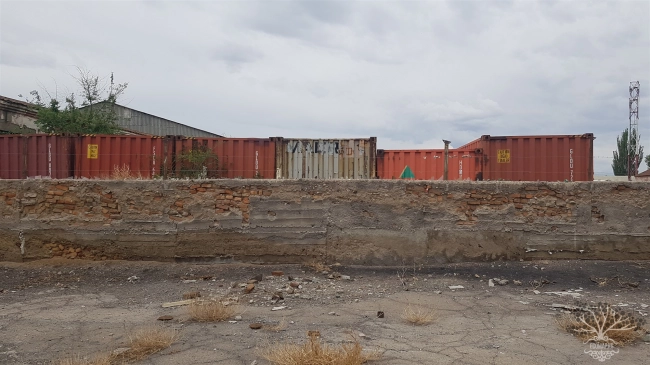
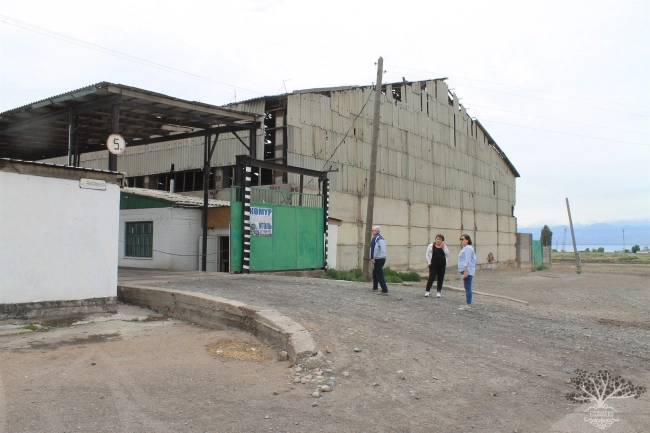
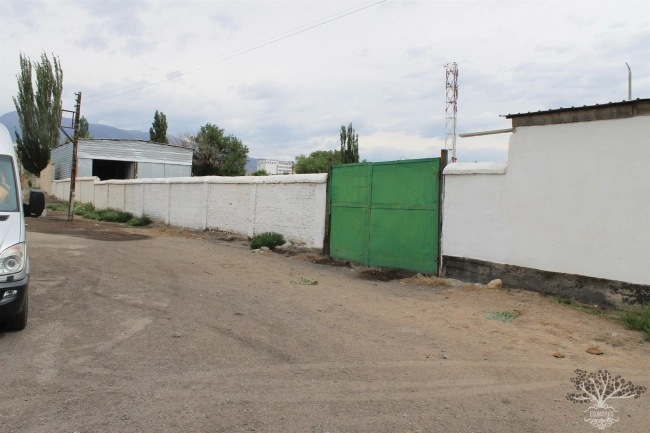
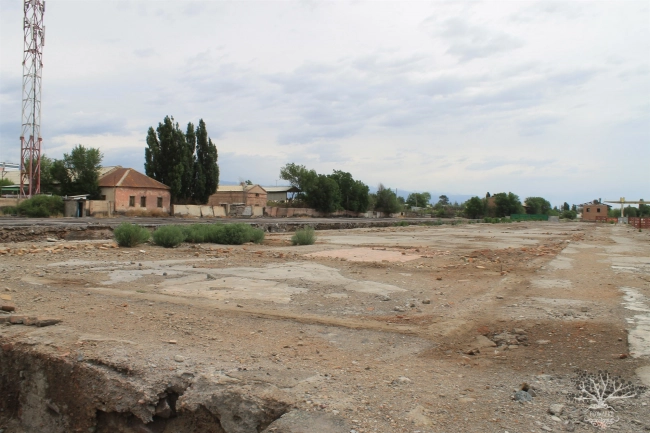
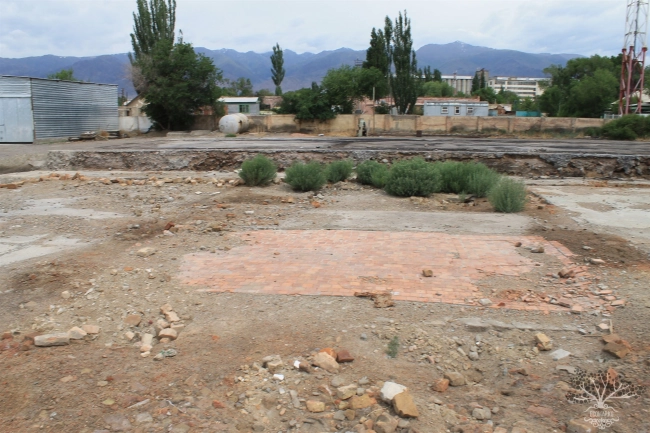
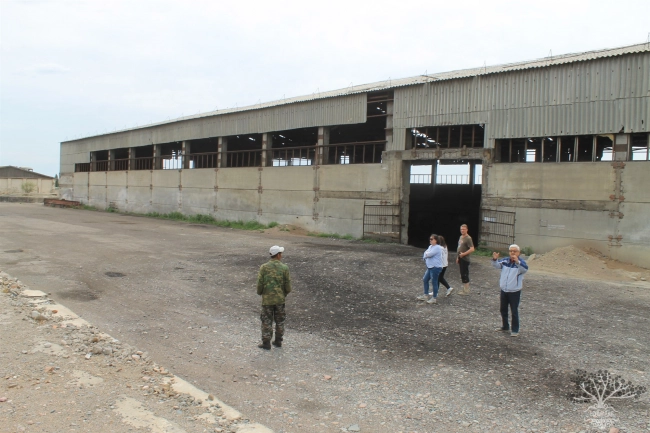
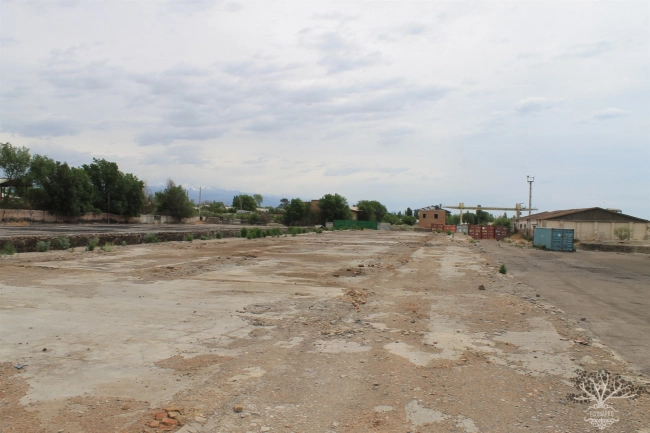
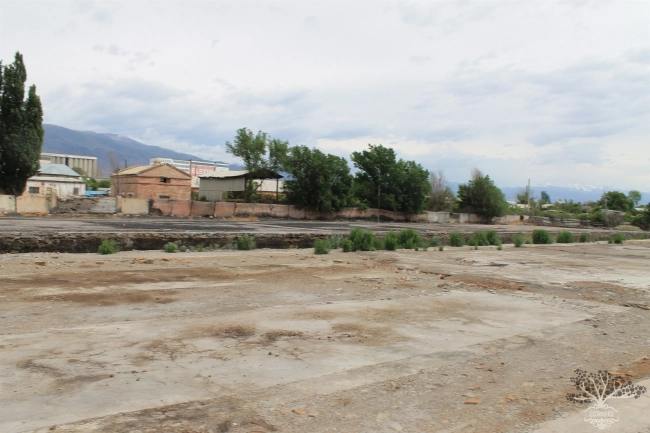
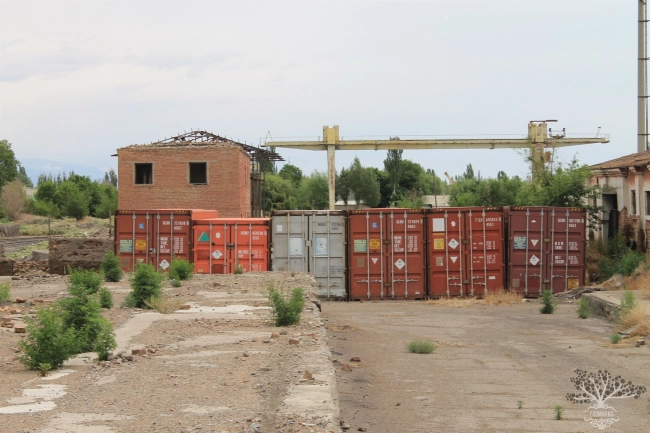
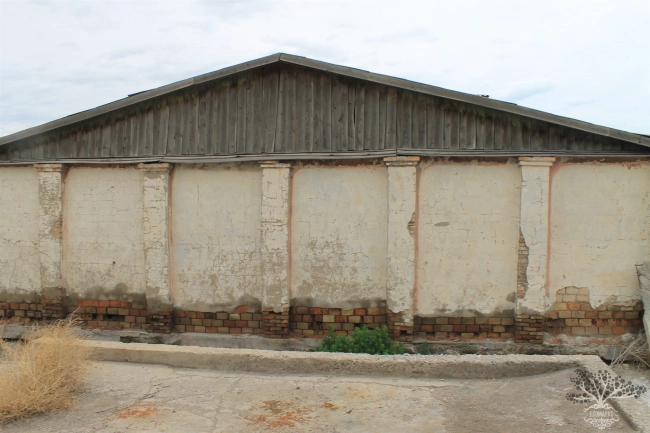
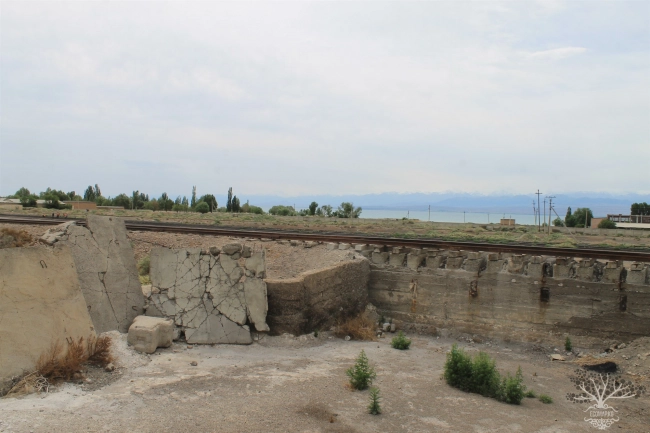

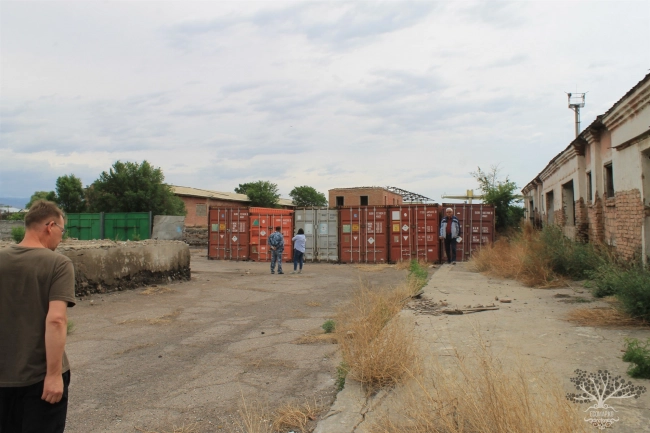

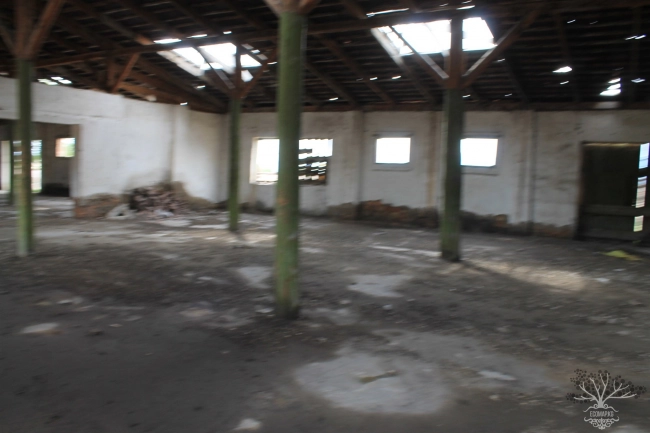
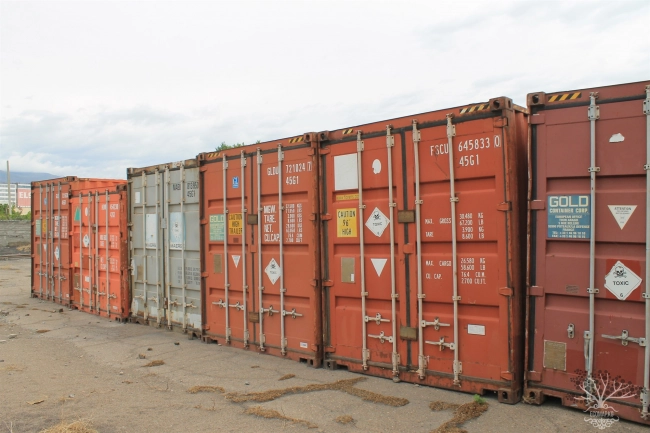

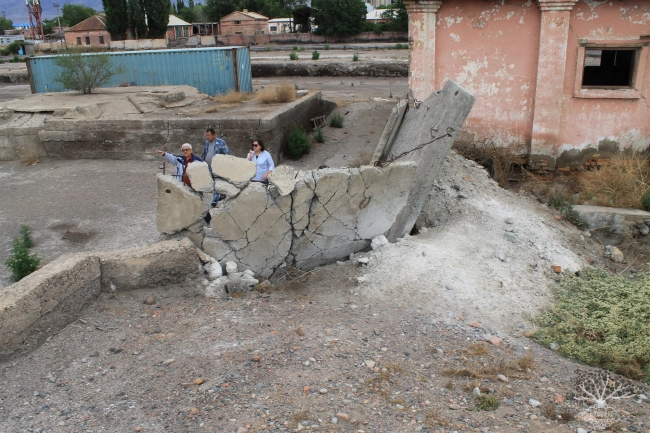
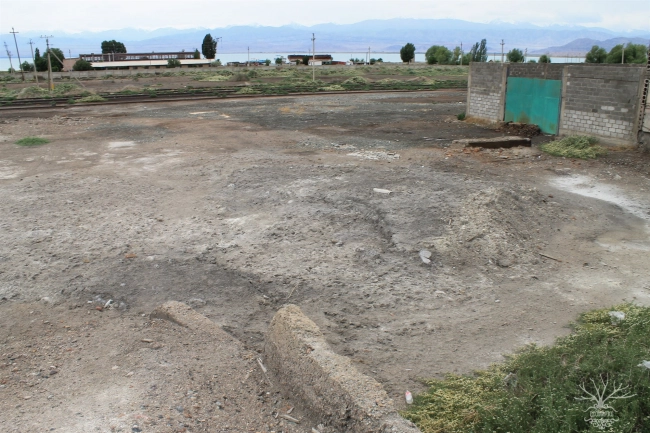
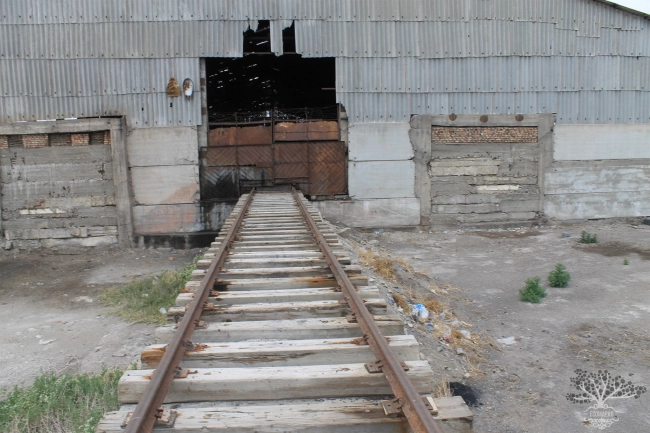
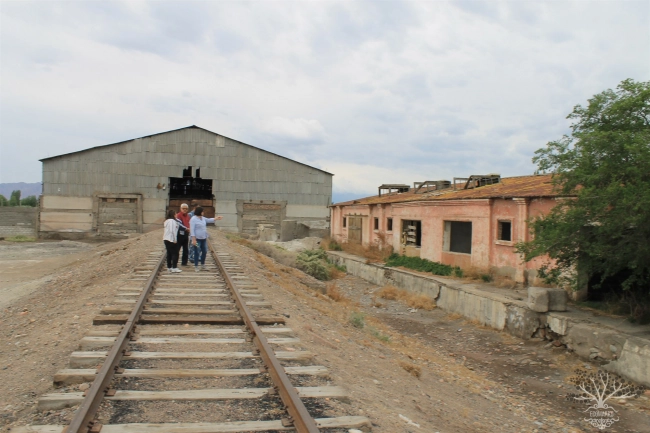
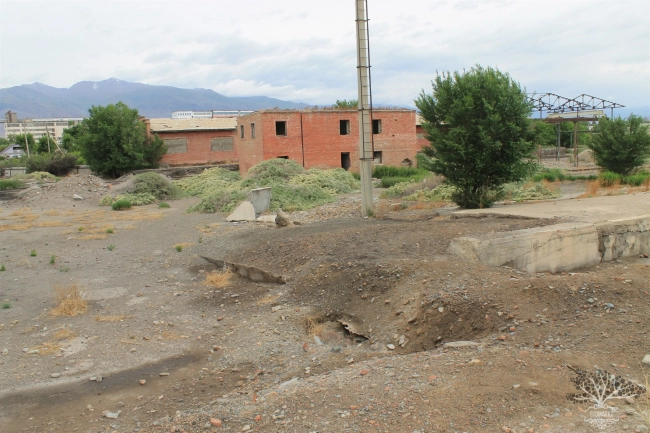
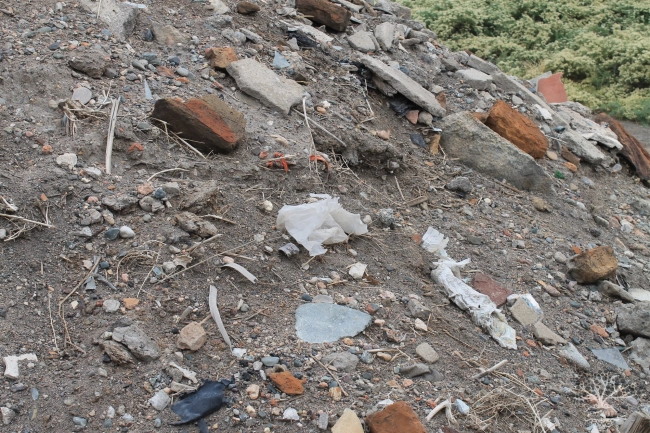
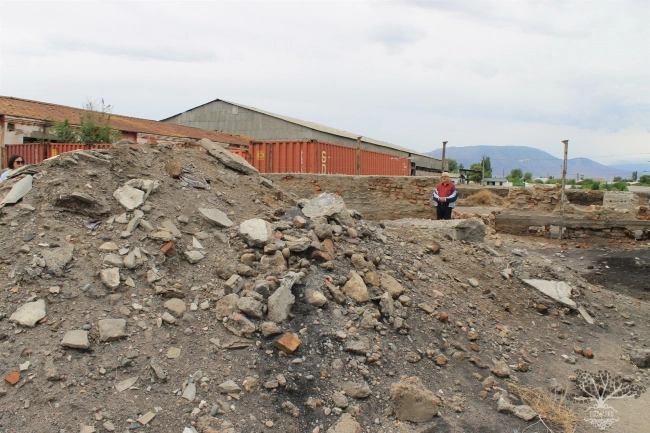
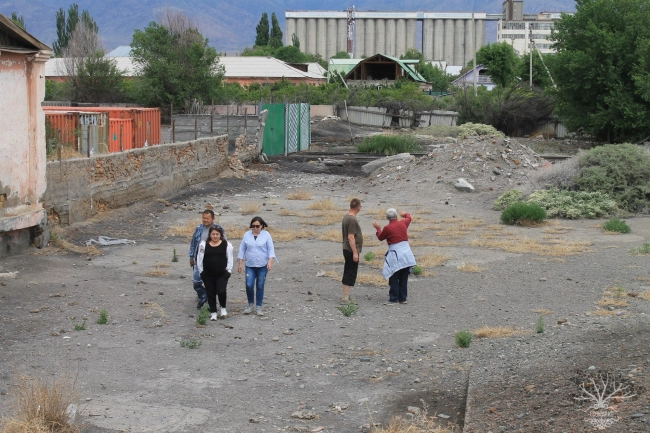


















Attention: Information based on submitted complaints